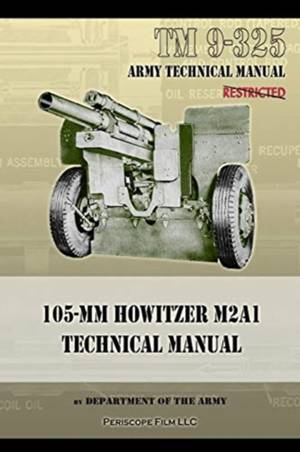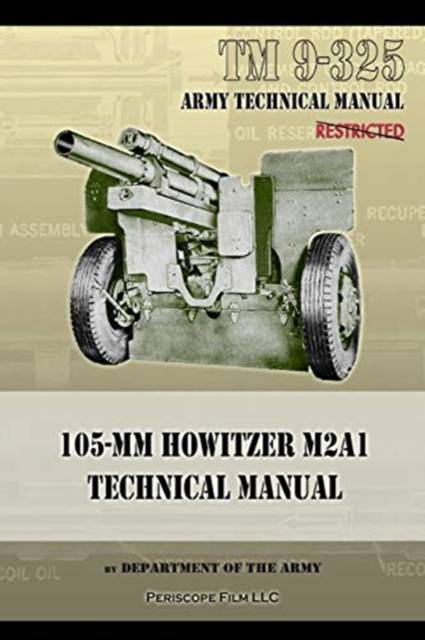
Bedankt voor het vertrouwen het afgelopen jaar! Om jou te bedanken bieden we GRATIS verzending (in België) aan op alles gedurende de hele maand januari.
- Afhalen na 1 uur in een winkel met voorraad
- In januari gratis thuislevering in België
- Ruim aanbod met 7 miljoen producten
Bedankt voor het vertrouwen het afgelopen jaar! Om jou te bedanken bieden we GRATIS verzending (in België) aan op alles gedurende de hele maand januari.
- Afhalen na 1 uur in een winkel met voorraad
- In januari gratis thuislevering in België
- Ruim aanbod met 7 miljoen producten
Zoeken
€ 27,95
+ 55 punten
Omschrijving
The 105-mm M2A1 Howitzer was the standard light field artillery piece for the United States in World War II, seeing action in both the European and Pacific theaters. Starting production in 1941, it quickly entered the war against the Imperial Japanese Army in the Pacific, where it gained a reputation for its accuracy and powerful punch. The M2A1 fired 105-mm high explosive (HE) semi-fixed ammunition and had a range of 11,270 meters, making it suitable for supporting infantry. All of these qualities of the weapon, along with its widespread production, led to its adoption by many countries after the war. Its ammunition type also became the standard for many foreign countries' later models. In 1962, the artillery designation system was changed and the 105-mm M2A1 Howitzer became the M101A1. It continued to see service in the Korean and Vietnam Wars. Today, the M101A1 has been retired by the U.S. military, though it continues to see service with many other countries. Created in 1948, this technical manual reveals a great deal about the M2A1 Howitzer's design and capabilities. Intended as a manual for those charged with operation and maintenance, it details many aspects of its firing, recoil and other mechanisms. Originally labeled restricted, this manual was declassified long ago and is here reprinted in book form. Care has been taken to preserve the integrity of the text.
Specificaties
Betrokkenen
- Auteur(s):
- Uitgeverij:
Inhoud
- Aantal bladzijden:
- 248
- Taal:
- Engels
Eigenschappen
- Productcode (EAN):
- 9781937684426
- Verschijningsdatum:
- 30/05/2013
- Uitvoering:
- Paperback
- Formaat:
- Trade paperback (VS)
- Afmetingen:
- 152 mm x 229 mm
- Gewicht:
- 335 g

Alleen bij Standaard Boekhandel
+ 55 punten op je klantenkaart van Standaard Boekhandel
Beoordelingen
We publiceren alleen reviews die voldoen aan de voorwaarden voor reviews. Bekijk onze voorwaarden voor reviews.









